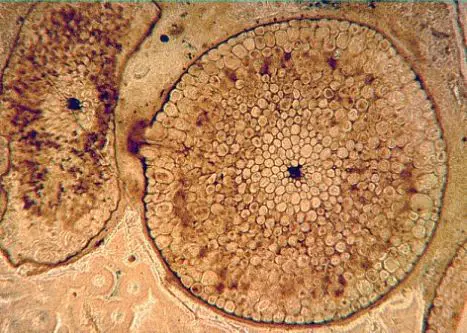
The organizational structure differs because of the nature of work different organizations deal with and their methods of dealing with problems. The formal structure of an organization depends on a lot of different things. Communication and decision making are the two crucial factors that determine the structure. In some organizations everything is handled by the administrative few and orders are communicated from a higher level of hierarchy to a lower level of the organizational employees. Free flowing of conversation related to work and participation of different levels of the work force in decision making constructs another organizational structure. The first structure described before is called the mechanic structure and the second one is organic structure.
When working conditions are stable and the work does not need innovation or problem solving every day the mechanic structure is used. Communication flows downwards most of the times in the form of orders. There is no need of taking consent or ideas of the lower level employees. The authorities direct and govern the organization and their rules are followed. In an organic structure, however, the employees can contribute actively to the growth of the organization and their ideas are necessary for problem solving and growth of the business.
The reason why different organizations use different structures is that they want to achieve certain goals and a structure is closely associated with the organizational ambition. Every organization plans its structure at the very beginning but sometimes they have to change the organizational structure to keep up with changing circumstances. Controlling the expenses is another prime reason that dictates the organizational structure. Organizations maintain a mechanic structure when they do not require innovation and communication between all levels and just need to keep order in place. The bigger an organization gets the more mechanical becomes its structure.